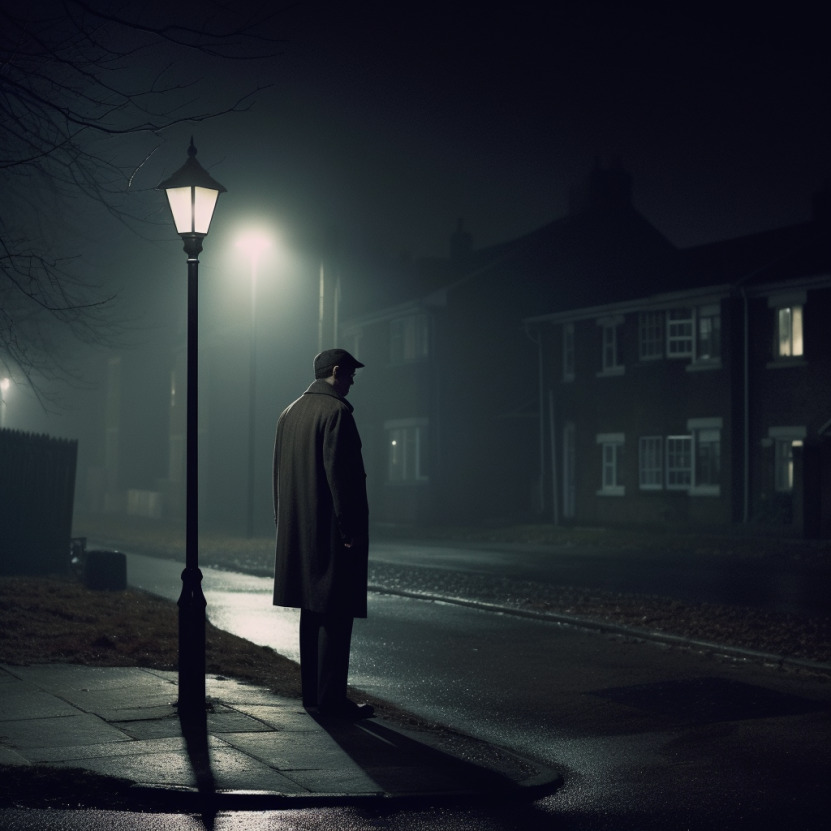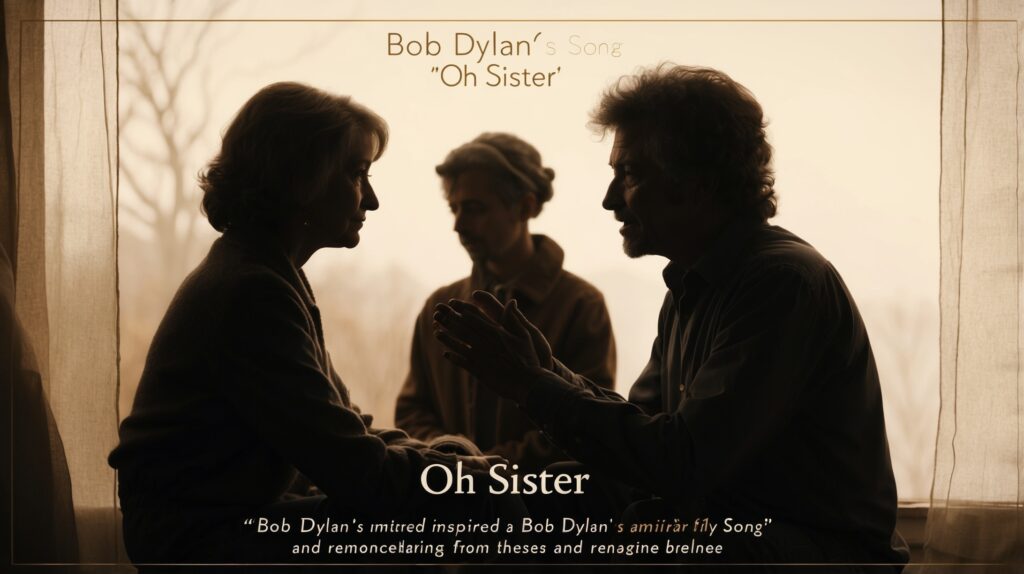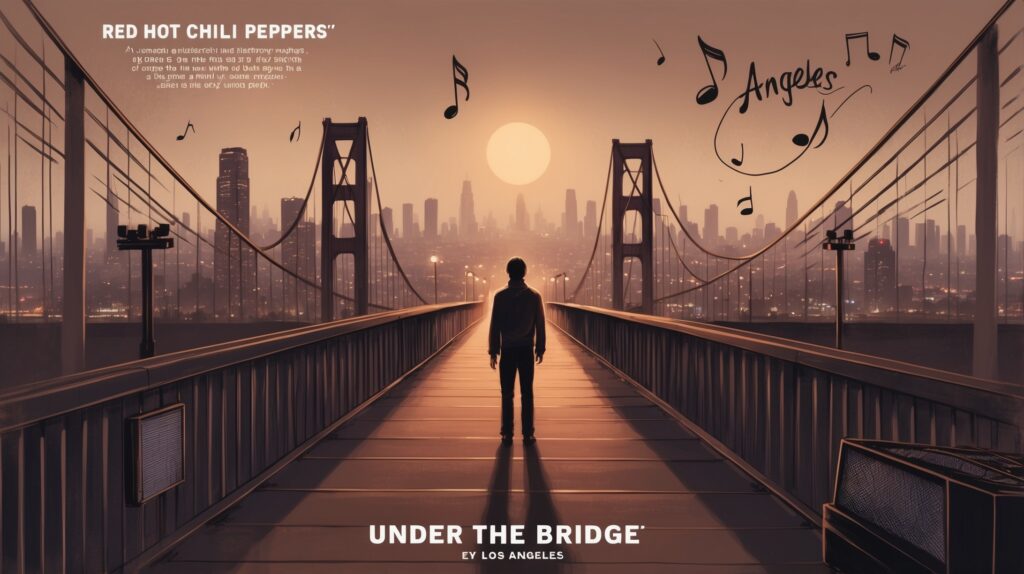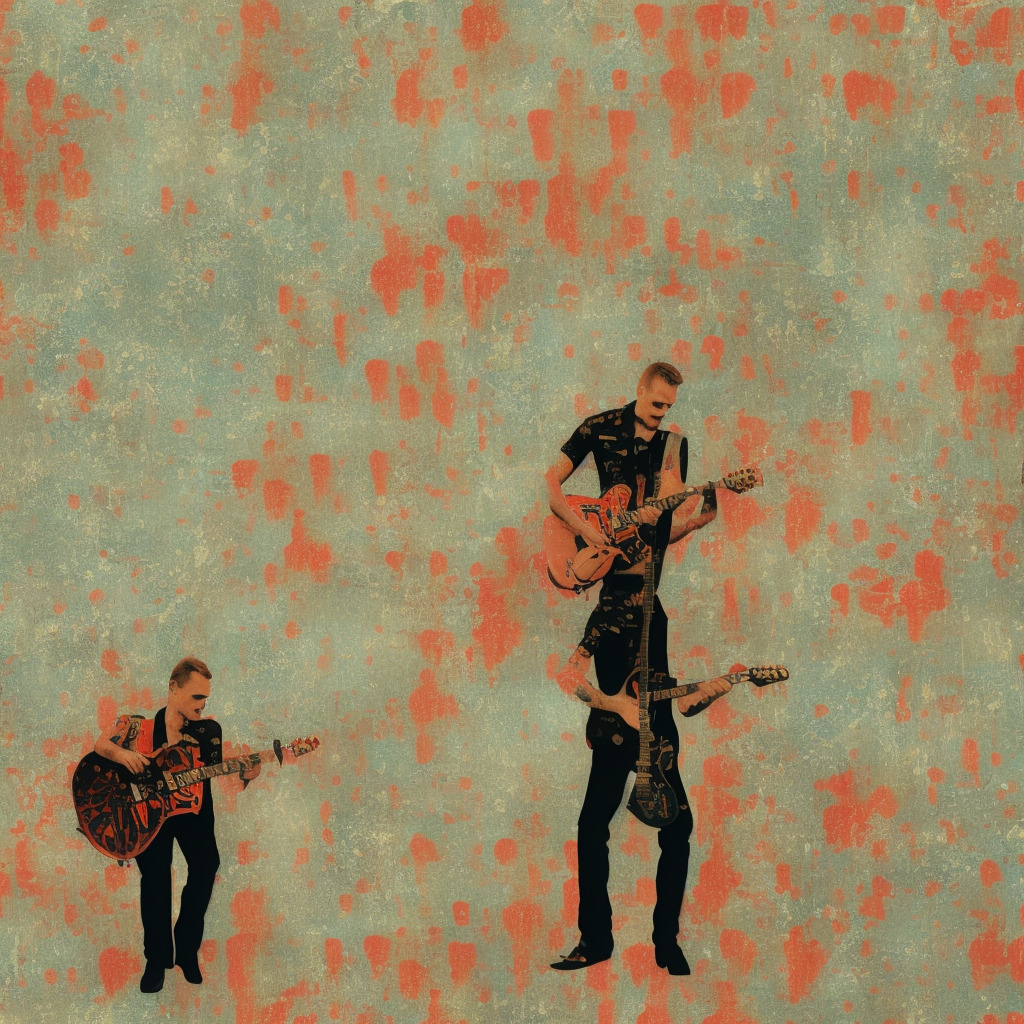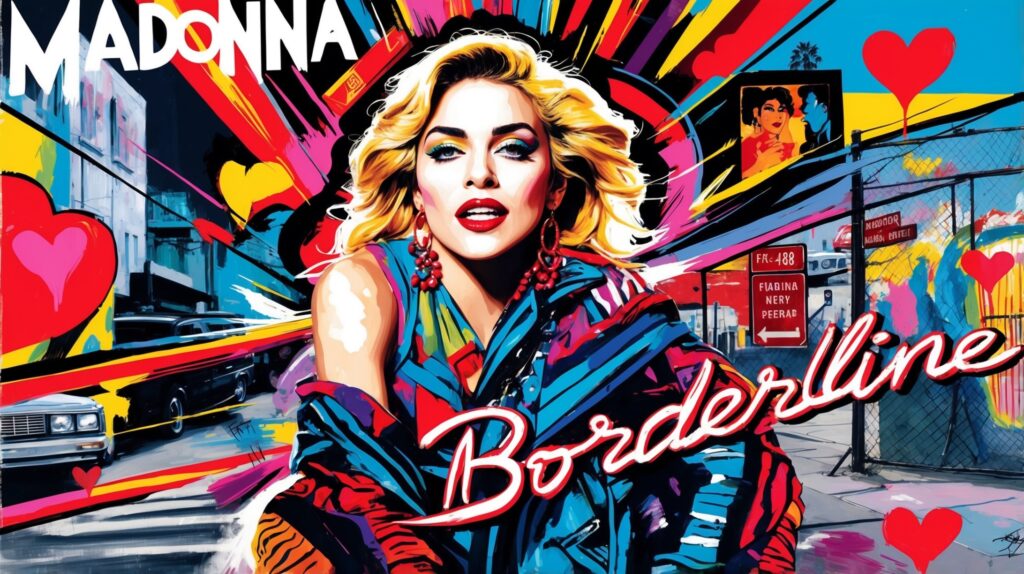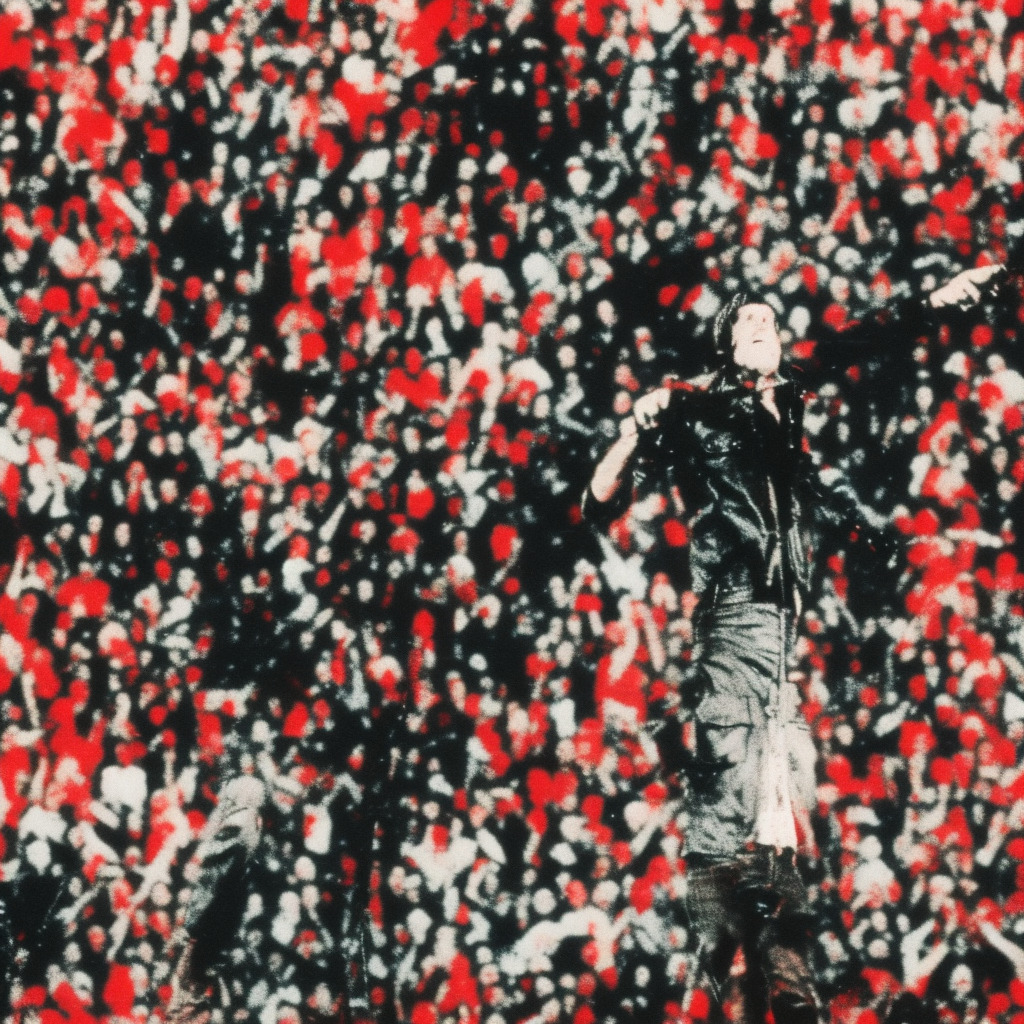A Deep Dive into Radiohead’s Iconic Hit “Creep”
Radiohead, an English rock band formed in 1985, consists of Thom Yorke (vocals, guitar, piano), Jonny Greenwood (guitar, keyboards, other instruments), Colin Greenwood (bass), Ed O’Brien (guitar, backing vocals), and Phil Selway (drums). While the band boasts a vast and diverse discography that spans over three decades, it’s their early 90s hit “Creep” that continues to resonate with fans across generations. Released in 1992 as their debut single, “Creep” didn’t initially garner much attention. However, after the re-release in 1993, the song became a worldwide hit and landed Radiohead with their first taste of commercial success. This anthem of alienation, with its introspective lyrics and unforgettable guitar riff, became a staple of the alternative rock genre and solidified its place in music history.
Although “Creep” propelled the band into the spotlight, it also became a point of contention within Radiohead. The band members often expressed their discomfort with being labeled as a “one-hit-wonder” and their frustration at fans who only attended their concerts to hear “Creep.” Thom Yorke even referred to the song as “crap” during interviews, while the band opted not to include it on their 2008 Best Of compilation album. Despite this internal struggle, Radiohead has achieved monumental success over the years, winning multiple awards, such as three Grammy Awards for the Best Alternative Music Album (OK Computer, Kid A, and In Rainbows). They were also inducted into the Rock and Roll Hall of Fame in 2019. Love it or hate it, there’s no denying the impact that “Creep” had on both Radiohead’s career and the music world as a whole.
The Mastermind Behind “Creep”
Thom Yorke, the lead vocalist and primary songwriter for Radiohead, is the genius composer behind the band’s iconic track “Creep.” Yorke’s impressive discography includes numerous other outstanding songs, both with Radiohead and as a solo artist. Some of his most acclaimed Radiohead compositions include “Paranoid Android,” “Karma Police,” and “No Surprises” from the highly influential album “OK Computer.” As a solo artist, Yorke has also released several remarkable albums, such as “The Eraser” and “ANIMA,” with standout tracks like “Black Swan” and “Suspirium.” Known for his lyrical prowess and ability to evoke emotions through his melodies, Yorke has consistently demonstrated his aptitude for creating memorable songs that resonate with listeners globally.
A Visual Dive into “Creep”: The Music Video
While the song “Creep” by Radiohead has become synonymous with the alternative rock scene of the 90s, its music video stands as a testament to the band’s artistic vision and directorial prowess. Directed by Brett Turnbull, the video encapsulates the raw emotion and vulnerability that the song embodies.
The black-and-white video, shot on 16mm film, features a simple yet evocative setup. Radiohead performs on an empty stage, with dim and somber lighting that enhances the melancholic atmosphere. The close-ups of Thom Yorke’s face as he sings further intensify the feeling of uneasiness and discomfort – a visual representation of the lyrics that delve into self-doubt, alienation, and the struggle to fit in.
Subtle camera movements and lighting changes add to the video’s overall impact. Throughout the video, the camera often switches from close-ups of Yorke’s face to wider shots of the entire band, emphasizing the group’s solidarity and shared experience. As the song builds up, the intensity of the lighting increases, creating a more dramatic and emotional atmosphere.
An interesting aspect of the video is the use of slow-motion effects during the chorus. As the guitar distortion kicks in with the lyrics “But I’m a creep, I’m a weirdo,” the slow-motion shots heighten the feeling of disconnect from reality, a theme that resonates with the song’s lyrics.
Although the video’s production details and budget remain undisclosed, the artistic approach employed by director Brett Turnbull focuses on the simplicity and rawness that complements the song’s theme. The minimalistic style allows the band’s performance and the emotional depth of the song to take center stage, rather than relying on flashy visuals or gimmicks.
Apart from the official music video, “Creep” has inspired numerous fan-made videos and tributes, showcasing the song’s enduring appeal and impact on listeners. From acoustic covers to animated interpretations, the song’s influence on the artistic community remains evident.
In conclusion, the music video for “Creep” by Radiohead is a perfect visual representation of the song’s themes of alienation, self-doubt, and the struggle to belong. Through its simple yet striking black-and-white visuals, the video amplifies the emotional intensity of the song, leaving a lasting impression on viewers and further solidifying “Creep” as a landmark track in the history of alternative rock.
A Rollercoaster Ride on the Charts: Creep’s Unpredictable Journey
When “Creep” first hit the airwaves back in September 1992, it was initially met with a lukewarm response. The song was released as the band’s debut single from their album “Pablo Honey” and entered the UK Singles Chart at a modest position of No. 78. However, this was just the beginning of an interesting journey for the song.
As 1993 rolled around, “Creep” started to gain traction in other parts of the world. The song found particular success in the United States, where it started climbing the US Billboard Hot 100 chart. By the end of its run, it managed to reach a respectable peak of No. 34, showcasing Radiohead’s potential for international success.
But it wasn’t just in the US where “Creep” was making waves; the song also managed to find its way into the charts of several other countries. In Canada, “Creep” reached No. 7 on the RPM Top Singles chart, while in Australia, it peaked at No. 6 on the ARIA Singles Chart. Its success extended to countries like France, where it peaked at No. 8, and even Iceland, where it reached No. 9 on the Íslenski Listinn Topp 40 chart.
Interestingly, the song’s growing popularity around the world seemed to reignite interest back in the UK. In 1993, “Creep” was reissued in the form of a limited edition 7″ which helped propel the song up the UK Singles Chart once again. This time around, the song climbed all the way up to No. 7, a significant improvement from its initial showing the previous year.
Despite its unusual trajectory, “Creep” would go on to become Radiohead’s most well-known and commercially successful song. Its chart performance serves as a testament to the unpredictable nature of the music industry and the power of a song that resonates with listeners worldwide.
Decoding the Lyrics of “Creep”
When you were here before
Couldn’t look you in the eye
You’re just like an angel
Your skin makes me cry
You float like a feather
In a beautiful world
I wish I was special
You’re so very special
But I’m a creep
I’m a weirdo
What the hell am I doing here?
I don’t belong here
I don’t care if it hurts
I want to have control
I want a perfect body
I want a perfect soul
I want you to notice
When I’m not around
You’re so very special
I wish I was special
But I’m a creep
I’m a weirdo
What the hell am I doing here?
I don’t belong here
The lyrics of Radiohead’s “Creep” are a poignant exploration of self-doubt and social alienation, which touched a nerve with a generation of listeners upon its release in 1992. At the time, the world was in a state of transformation marked by the end of the Cold War, rise of the internet, and emergence of grunge music, all of which contributed to a sense of searching for identity and belonging.
The lyrics tell the story of an individual who feels like an outsider, unable to connect with those around them. They admire an “angelic” person, but can’t help feeling inadequate, wishing to be “special” like them. The repeated chorus, “I’m a creep, I’m a weirdo,” is a declaration of the self-perceived outcast status, and the line, “What the hell am I doing here? I don’t belong here,” highlights the character’s struggle to find their place in the world.
The era in which “Creep” was released is often characterized by the rise of alternative and grunge music, with bands like Nirvana and Pearl Jam dominating the charts. This movement was partly fueled by a desire to break away from the polished, image-driven pop of the 1980s and embrace a more raw, introspective sound. In many ways, “Creep” and its candid introspection embodies the spirit of the time.
Overall, the lyrics of “Creep” serve as a powerful reminder that feelings of inadequacy, alienation, and self-doubt have been experienced by countless others across generations. While the song may not offer answers or solutions, it provides a shared sense of understanding and connection for those who have felt like outsiders in their own lives.
A Deeper Dive into “Creep”
“Creep” by Radiohead, a haunting anthem of self-doubt and alienation, is known for its unique fusion of musical elements. The song is written in the key of G major and follows a simple chord progression of G-B-C-Cm, which repeats throughout the track. With a tempo of 92 beats per minute, the song’s structure is fairly straightforward, allowing for the emotive lyrics and Thom Yorke’s melancholic vocals to shine through. The prominent use of the Fender Telecaster Plus electric guitar in the track, played by Jonny Greenwood, contributes to the song’s distinctive sound, especially during the pre-chorus, where he strums the strings hard, creating an almost violent and jarring effect.
What sets “Creep” apart from other tracks in Radiohead’s discography is the combination of its minimalist arrangement and its incorporation of various musical influences. For instance, the song features a drum pattern reminiscent of R&B and soul music, while the guitar riff echoes the grunge sound that was prevalent during the early 90s. Additionally, the band’s decision to include a Hammond organ in the mix adds a layer of depth and warmth to the overall sound. This amalgamation of styles ultimately creates a rich and engaging sonic landscape that has resonated with fans and critics alike throughout the years.
A Legacy of Accolades and Media Presence
“Creep” by Radiohead has garnered widespread acclaim and numerous accolades over time, making it an iconic song in the world of alternative rock. Among its achievements, the song was ranked at number 31 on Rolling Stone’s list of “The 500 Greatest Songs of All Time” and was also included in the 2010 edition of the book “1001 Songs You Must Hear Before You Die.” In addition to its prestigious rankings, “Creep” has been featured in various forms of media, which has helped solidify its popularity. Notably, the song has been used in the soundtracks of movies such as “The Social Network” (2010) and “I, Tonya” (2017), as well as TV shows like “The 100” and “Person of Interest.” The haunting melody of “Creep” has even found its way into the realm of video games, making an appearance in the popular game “Rock Band 3.”
The unique sound and relatable lyrics of “Creep” have inspired countless artists to create their own renditions of the song, resulting in a wide array of memorable cover versions. Among the most popular and well-received of these covers are performances by renowned musicians like Prince, who delivered a mesmerizing version during his 2008 Coachella performance, and the hauntingly beautiful rendition by American singer-songwriter Macy Gray. Other notable cover versions include those by the Vega Choir, who provided the stunning arrangement featured in “The Social Network,” and the punk-tinged take by The Pretenders. With its enduring appeal and its influence spanning various genres and generations, “Creep” by Radiohead continues to resonate with music lovers around the world.
🎵 Did you know Radiohead’s iconic hit “Creep” almost didn’t make the cut on their debut album, Pablo Honey? 🤯 Now it’s their most celebrated song! 🤘#Radiohead #Creep #FunFact #MusicTrivia #PabloHoney Read about it: tinyurl.com/w4ktmmhy
Click to Tweet

